The main areas of fundraising
Anatomy of the Wishing Well Appeal. Part 2.
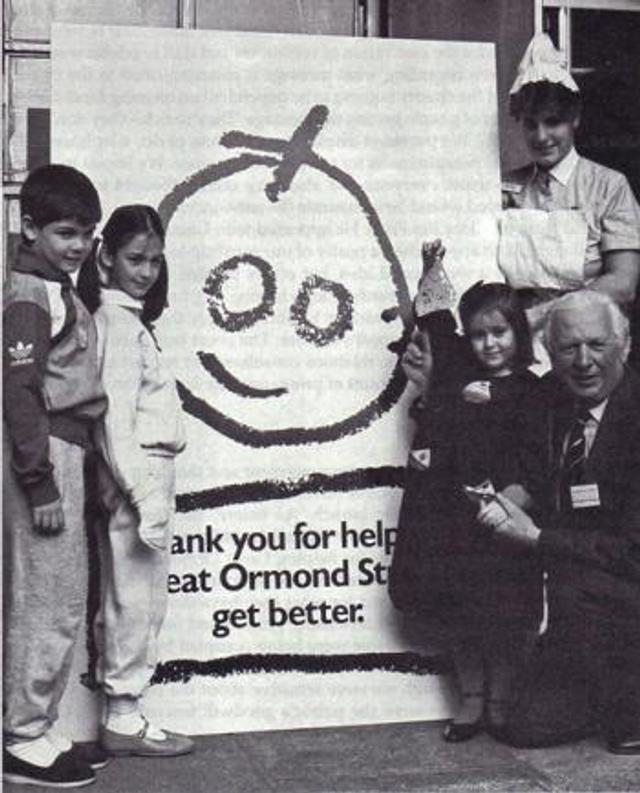
by Marion Allford
MARION ALLFORD LOOKS BACK – 20 YEARS AFTER. I have often been asked why the Wishing Well Appeal achieved such a wide response. I believe it was due to the deep affection many people feel for Great Ormond Street Children's Hospital; and the detailed planning and sophisticated marketing techniques used to communicate the fact that the hospital was in trouble. We needed the public to know that, without their active help with fundraising, the hospital's future could have been in jeopardy.
Read moreActionAid: the ‘postal parent’ advert

by SOFII
These two black and white ads look dated now, and the first of these at least seems patronising too. But when these ‘postal parent’ advertisements appeared in the UK in the mid 1970s they were state-of-the art, the epitome of direct response fundraising.
Read moreWWF Canada’s press advertising, or... ‘you didn’t really approve this, did you?’

by SOFII
In the early 80s, one way WWF Canada had built its database of donors was by asking magazines to run full page black and white ads featuring endangered species. Readers were encouraged to cut out a coupon, fill it in and send it back with a contribution.
In a creative meeting with the agency who had produced the first three ads, which had been very successful, WWF decided to change the format. In a moment of inspiration, they put the cut-out ad in the middle of the page.
Read moreGoonj..: dignity through recycled clothing
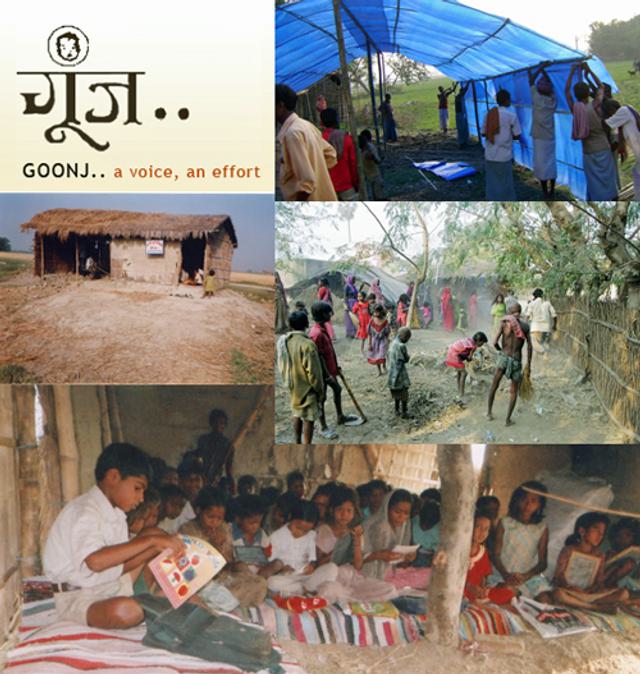
by SOFII
Collecting clothing for distribution or resale is one of the most ancient and venerable of charitable activities. The charity gift, or thrift, shop concept is built upon it. So SOFII is delighted to honour this enterprising initiative from Goonj.., the first organisation in India to address the issue of decent clothing.
Read moreAmnesty International: throw-away insert campaign

by SOFII
Amnesty International’s fundraising is rarely other than enterprising, inspirational and effective and this insert doesn’t fail to live up to expectations. Here, Amnesty International used people’s contrary instincts about the medium to their benefit by creating an insert with a warning not to open it.
Read moreThe National Park Foundation: ‘Plan for Parks’ mini-proposal

by SOFII
A strikingly competent direct mail upgrade appeal, designed to look just like the kind of intriguing and personalised proposal that a major donor might expect. It incorporated a personalised ‘mini-proposal,’ mimicking the sort of materials more frequently presented to prospective major donors following a face-to-face meeting.
Read moreDream-a-Dream Foundation: ‘dine for a good cause’ campaign
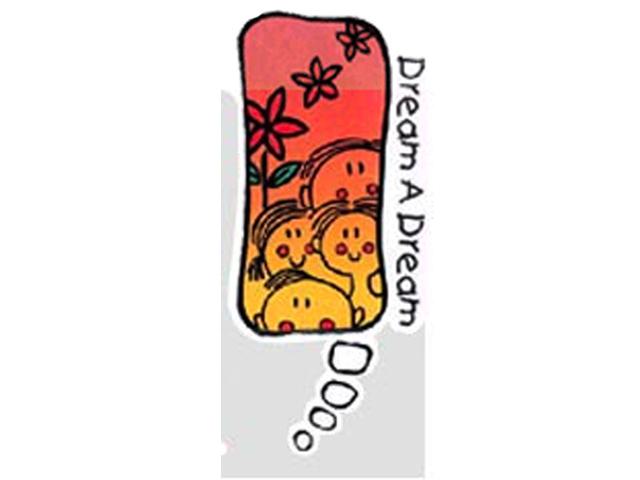
by SOFII
Dream a Dream is one of a small but growing band of entrepreneurial Indian NGOs that are building a vibrant and progressive nonprofit sector in India. The idea behind this campaign is simple but stunningly effective, creating a win/win situation for both commercial partner and cause.
Read moreUnited Way: the impact calculator
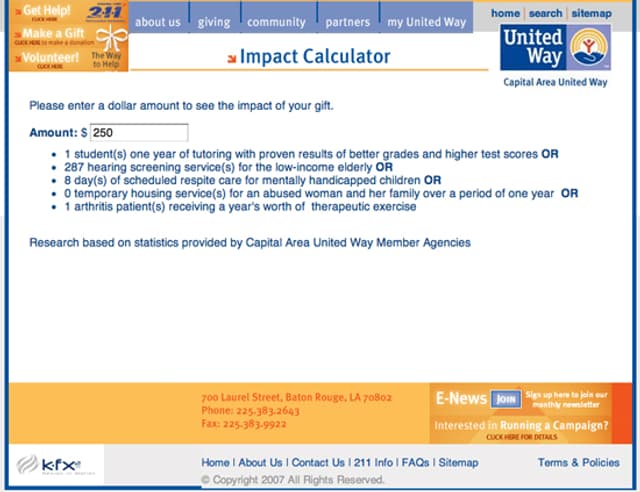
by SOFII
The calculator allows donors to put in an amount and it lets them know the impact of their donation. This is a simple tool that any organisation with a website can easily do. It’s a great way for engaging donors.
Read moreGreenpeace UK: their cycle of renewal and reactivation mailings, the ‘countdown’ and ‘please and thank-you’ packs

by SOFII
The two mailings shown here form part of Greenpeace UK’s renewal mailings cycle from the late 1980s. Each pack is short, punchy and based around a simple theme, encapsulated in a single word (each of which involves a powerful call to action and which are presented in a very Greenpeace way).
Read moreThe Dogs Trust: sponsor a dog scheme, television commercials
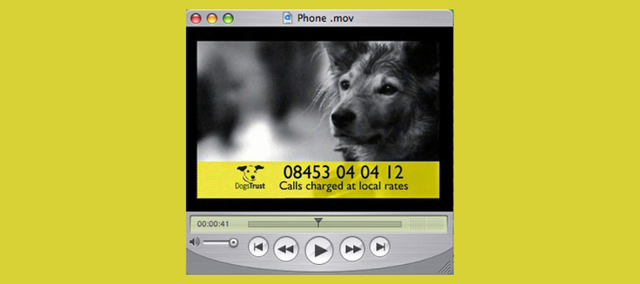
by SOFII
These television commercials are really part of the Dogs Trust sponsor a dog exhibit but they show such good use of DRTV they are worth an additional airing here. Unusually for nonprofit DRTV in the United Kingdom these ads made a profit from their first showing. Quite exceptionally, the early ads achieved a return on investment of five to one.
Read moreUNHCR’s goodwill ambassador
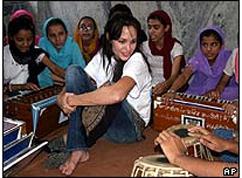
by SOFII
Goodwill ambassadors have become the accepted public face of many INGOs, particularly those in the UN system. But UNHCR’s selection, recruitment and deployment of their public celebrity is a textbook example of how to do it. UNHCR has managed to engage a major celebrity with very simple means at virtually no cost.
Read moreGoderich medical clinic campaign
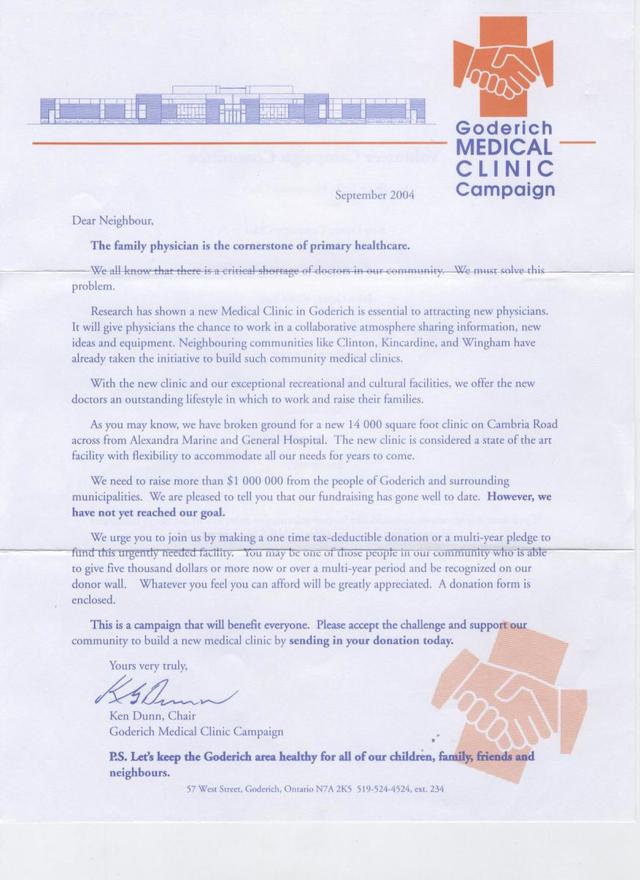
by SOFII
A really lovely appeal, which shows that it pays to have a couple of direct mail professionals living in your town. In this case, holiday residents Mary Attfield and Steve Thomas set about organising a simple but effective local appeal to make sure local people could have access to their own doctors.
Read more







